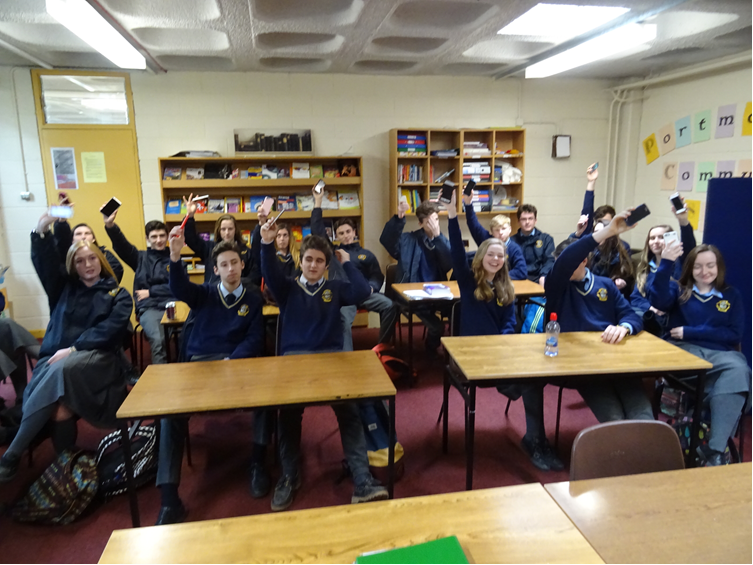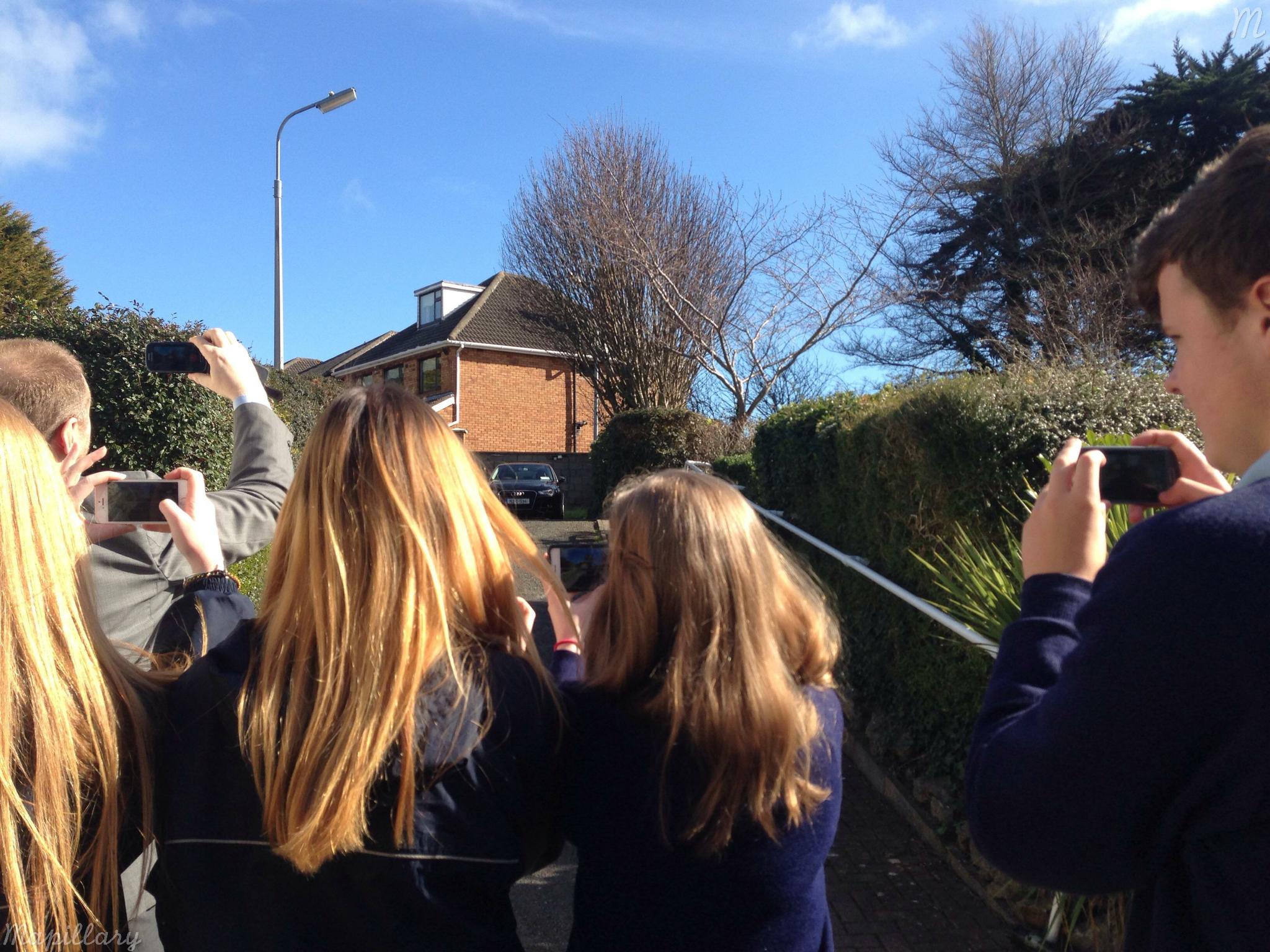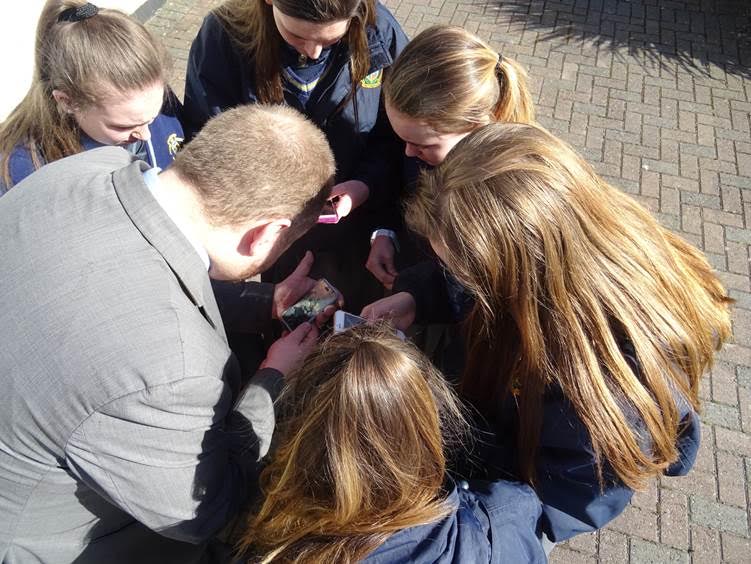Community Story: Mapillary Goes to School
Last week Ciarán, our community member who is very involved in #MapLesotho visited Portmarnock Community School. The objective with they day was to show the students (who already are experienced with OpenStreetMap) how to use a mobile phone to help with mapping. As we got very excited about Mapillary being used in schools we asked Ciarán to tell us a bit about his day.
Background to the visit
I wanted to teach the kids who are transition year in secondary school (15-16 years) how to use two or three simple mobile apps to survey stuff close to them, important to them or involving them. In 2017 the students will go to Lesotho (#MapLesotho) and I want to prepare them to be able to collect "on the ground data" for their mapping to be richer and more detailed.

The students ready to go out mapping
About the day
I had a classroom with 22 students, a white board and everyone in the room had a phone. We were trying out three different apps; Mapillary, Pushpin OSM (for the iPhone), OSM tracker (for android OS). The class was divided into three groups that went outside to map. The Mapillary group set the controls to walking automatic and to not all get the same angle, the group formed themselves out like a Greek Phalanx, and made a diamond shape.

The student phalanx

Bright outside conditions meant the screen had to be adjusted
The Phalanx had 12 minutes to map and the students agreed on a point outside the school grounds and headed towards that point.
Back in the classroom we had a quick review and the Mapillary group were uploading their data. Here you can see the result.
The students will continue to use Mapillary on an individual basis and later they will have class discussions without me and send me questions. In about three weeks we will have another session where we will discuss what they have uploaded. I think it is important that all users understand what are useful and less useful images and learn how to remove ones that are obscured, blurred or not photographing anything in particular.
Your best advice to students who want to start using Mapillary?
From what I can see it is a good idea to check how good your phone is already at picking up the GPS signal. Not all phones are built equally, and some older ones might have their GPS circuitry damaged or weakened. To do that a simple Google pinning exercise would suggest whether there is an issue. Also, make sure the phone has some free memory space. Downloading the app has a threshold, but also temporarily storing images requires space. Having a nice big SD card is a quick way to do that.
If you want to read more about the day at Portmarnock Community School you will find Ciarán’s post here.
A big thank you to Ciarán and the students for sharing their day with us.
/Sandra
